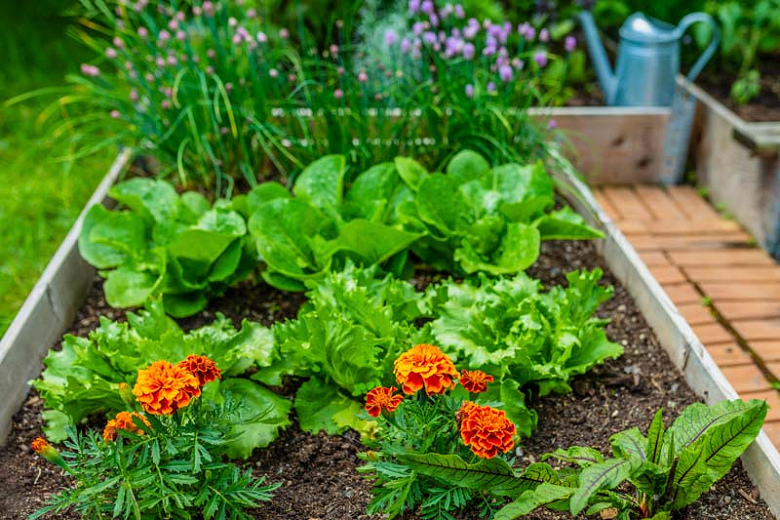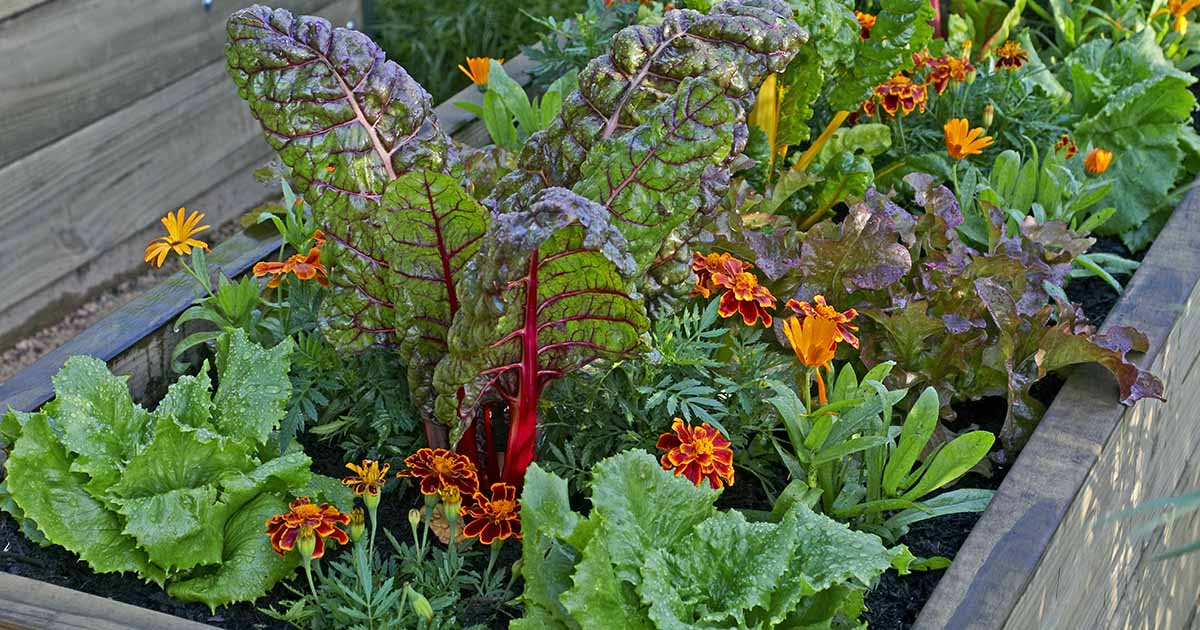Beet Companions: The Best Plants To Grow With Beets
Beet Companions: The Best Plants to Grow with Beets
Beetroot is a delicious and nutritious root vegetable that is easy to grow. It is also a good companion plant, meaning that it can help to improve the growth and health of other plants in the garden.
There are many different plants that can be grown with beets, but some of the best companions include:
- Onions and garlic. These members of the allium family help to repel pests that can damage beets, such as aphids and flea beetles. They also help to improve the flavor of beets.
- Brassicas such as broccoli, cauliflower, and cabbage. These plants have similar growing requirements to beets and can help to deter pests and diseases. They can also help to improve the soil quality.
- Lettuce. This leafy green can be planted close to beets to help retain moisture in the soil. It can also be harvested early, leaving more space for the beets to grow.
- Radishes. These quick-growing root vegetables can be planted in between beets to help break up the soil and improve drainage. They can also be harvested early, giving you a double crop from the same space.
- Herbs such as mint, chamomile, and dill. These herbs can help to repel pests and attract beneficial insects to the garden. They can also add flavor to beets when they are harvested.
When choosing companion plants for beets, it is important to consider the plants' growing requirements. Beets need full sun and well-drained soil. They also need to be watered regularly, especially during hot weather.
It is also important to avoid planting beets near plants that are susceptible to the same pests and diseases. For example, pole beans and field mustard should not be planted near beets.
By planting beets with the right companion plants, you can help to improve their growth and health. This will result in a more bountiful harvest of delicious and nutritious beets.
Beetroot is a delicious and nutritious vegetable that is easy to grow. But did you know that there are certain plants that are good companions for beetroot, and others that should be avoided?
Companion planting is a gardening technique that involves planting certain plants together to help each other thrive. For example, some plants attract beneficial insects, while others help to suppress weeds or pests.
When it comes to beetroot, some good companion plants include:
- Carrots: Carrots and beetroot help to repel each other's pests.
- Cucumbers: Cucumbers help to attract pollinators, which can help to improve the pollination of beetroot flowers.
- Lettuce: Lettuce helps to suppress weeds.
Some plants that should be avoided as companions for beetroot include:
- Onions: Onions can stunt the growth of beetroot.
- Potatoes: Potatoes can attract the same pests as beetroot.
- Spinach: Spinach can compete with beetroot for nutrients.
If you're interested in learning more about beet companion planting, I recommend visiting Gardenia Inspiration. This website has a wealth of information on the subject, including a list of good and bad companion plants for beetroot.
FAQ of beet companion
Q1. What are good companion plants for beets?
A. Some of the best companion plants for beets include:
- Beans: Beans are nitrogen-fixing plants, which means they add nitrogen to the soil. This benefits beets, which are heavy feeders.
- Carrots: Carrots and beets do not compete for the same nutrients, so they can be planted together without any problems.
- Cabbage: Cabbage helps to repel pests that can damage beets, such as aphids and flea beetles.
- Lettuce: Lettuce helps to suppress weeds, which can compete with beets for water and nutrients.
- Onions: Onions help to repel root-knot nematodes, which can be a major problem for beets.
Q2. What are bad companion plants for beets?
A. Some plants that should not be planted near beets include:
- Spinach: Spinach and beets compete for the same nutrients, so planting them together can lead to stunted growth.
- Squash: Squash can harbor pests that can damage beets, such as cucumber beetles.
- Tomatoes: Tomatoes can attract nematodes, which can be a major problem for beets.
Q3. How do I plant beets with companion plants?
A. When planting beets with companion plants, it is important to consider the spacing requirements of each plant. For example, beans need more space than beets, so you will need to plant them further apart.
You can also plant beets and their companion plants in a checkerboard pattern. This will help to maximize the space in your garden and prevent any one plant from becoming overcrowded.
Q4. What are the benefits of companion planting with beets?
A. There are several benefits to companion planting with beets, including:
- Improved soil health: Companion plants can help to improve the soil health by adding nutrients, suppressing weeds, and attracting beneficial insects.
- Reduced pest and disease problems: Companion plants can help to repel pests and diseases that can damage beets.
- Increased yields: Companion planting can help to increase the yields of beets by providing them with the nutrients and support they need to thrive.
Q5. How do I care for beets with companion plants?
A. The care requirements for beets and their companion plants are similar. You will need to water them regularly, fertilize them as needed, and control weeds.
It is also important to monitor your plants for pests and diseases. If you see any problems, you can take steps to control them.
Image of beet companion
- Image 1: Beets and Swiss chard. Swiss chard is a member of the beet family, and it is a great companion plant for beets because it helps to deter pests.

- Image 2: Beets and onions. Onions help to repel pests, and they also help to improve the flavor of beets.
- Image 3: Beets and lettuce. Lettuce helps to suppress weeds, and it also provides shade for beet seedlings.

- Image 4: Beets and marigolds. Marigolds help to repel pests, and they also add a splash of color to the garden.

- Image 5: Beets and nasturtiums. Nasturtiums help to deter pests, and they also attract beneficial insects.
Post a Comment for "Beet Companions: The Best Plants To Grow With Beets"